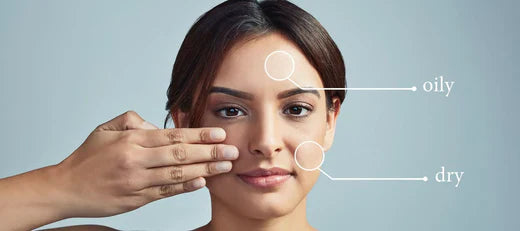
How to do a skin type test at home
How do you determine which skincare products are the best for you? You either opt for a trial-and-error method or are aware of the requirements of your skin. Thus, the next question that immediately arises is how you understand what your skin needs. Either you feel oily and sweaty after applying a certain product, or your skin has tightened if you have hydrated it enough, etc.
Hence, to understand how to treat your skin accurately, leave out this guessing game and opt for a skin type test, which will accurately tell the needs of your skin. In this article, you will learn about the different methods of skin type testing and, based on that, how you should choose your product. Additionally, you will get to know the different kinds of skin and the importance of knowing your skin type.
What Are The Various Skin Types?
The major reason different skincare products react differently to different skin is because of the various skin types. There are basically five skin types - normal skin, oily skin, dry skin, sensitive skin, and combination skin.
In the case of normal skin, it has a regular texture without any imperfections and does not react dramatically to skincare products. For oily skin, which is also called acne-prone skin, using heavy and cream-based products is harmful. If you have dry skin, then you need to hydrate and moisturise it frequently to maintain the water content in the skin cells.
The sensitive skin type is the most critical because, in this case, you cannot overdo any product or any process. The skin will react adversely if the right product is not used in the right quantity. Lastly, this is the most common variant where the T-region of the face is oily, but the cheeks are dry. These are the five major skin type divisions.
Why Is It Important To Do A Skin Type Test?
A skin test is paramount for everyone. Knowing your skin type will help you to understand the demands of your skin better. This will, in turn, aid you in determining which product is the best for your skin. Moreover, it will also help in determining what kind of make-up products you must use to serve the purpose as well as maintain healthy skin.
For instance, you have oily skin, but due to ignorance, rather than using Pink Foundry's Waterlight Gel Moisturiser 72 Hour Hydration, you use a heavy cream-based moisturiser. As a result, it triggers skin irritations, causing skin orders like acne, eczema, etc. Similarly, in other cases as well. You need to complete your skin type test to avoid accidentally using a harsh and wrong product. Hence, make sure you are taking an immediate skin type test.
How Can I Do A Skin Type Test At Home?
You thought you had to meet a dermatologist or visit the salon for this, right? Well, not really; you can complete the entire test without moving from the comfort of your home. Yes, you can opt for a skin type test at home, where you need to use daily products like tissues and others. Here, we will look at the three different types of testing methods.
-
Bare Face Method
This is by far the most common technique of learning your skin type. You need to cleanse your face with a mild cleanser, leave it like that for an hour or two, and monitor how you feel as the day ends. If you do not feel stretched or heavy, you have normal skin.
In case your face feels parched and requires hydration immediately, it is also called sensitive skin. If your skin feels comfortable and you smile and frown without any difficulty, however, there is oil secretion in the entire skin surface, then you have oily skin. Lastly, if your cheeks are feeling dry, and the T-zone is oily and greasy, it means you have combination skin.
-
Blotting Paper Test
Another method for testing is also known as the tissue-paper test. Here, you can either use tissue paper or blotting paper. Begin the process by cleansing your skin with a calming and friendly face wash. Do not apply any product on your face and leave it like that for 30 minutes to an hour. Once half an hour or around an hour has passed, gently tap certain areas of your skin and hold out the sheet to understand the amount of oil secretion.
You have normal skin if the sheet does not stick to your skin, but if it sticks and there is a considerable amount of oil visible, making the sheet translucent, then you have oily skin. In the case of dry skin, there is no or negligible amount of oil. Lastly, if only the T-zone is oily and not the other parts, then it is a combination skin type.
-
Day Test
Though it is often considered a more time-consuming one, it is believed to give more accurate results. You need to clean your face with a mild and gentle cleanser and keep it for an entire day without applying any moisturiser or skincare products. As the day ends, how your skin feels will help in determining your skin type.
For dry and sensitive skin, you feel an uncomfortable tightness, dryness, and itchiness in your skin, especially in the cheek areas. Incase of oily skin, it will appear shiny and greasy. However, people with the combination skin will feel the same - oily T-zone and dry cheek areas. For normal skin, there will be no change in the texture, i.e., neither dry nor oily.
Also read: How To Do A Skin Patch Test For Skin Care And Why
How To Pick The Right Products For Your Skin Type
Once you are done with how to know your skin type test the next thing is to determine the suitable products for you. There are two ways to choose the right products for your skin. You can either choose convenient and all-in-one products like Pink Foundry's Super Clarifying 12% Niacinamide Face Serum for All Skin Types or choose more targeted products.
For the second method, there are a few things to consider, like,
- Firstly, know your skin type and their basic necessary demands.
- Secondly, choose chemical-free, paraben-free, and non-comedogenic products like The Pink Foundry's 15% Vitamin C Brightening Serum, irrespective of your skin type, as these components are generally harmful.
- Before using the product full-fledged, try it out on a small area of your skin (usually behind your ear) to ensure that the product is compatible with your skin.
- Seek suggestions and reviews or get professional help from specialists.
- Always choose hydrating and mild products, even in the case of normal skin. This will promote plumpy and glowing skin.
Conclusion
Without a basic knowledge of your skin type, selecting products can be very challenging. Moreover, if you think that you will get to know my trial and error method, then remember that every time the product is wrong, your skin gets damaged little by little. Hence, it is best to take a test that will last for just a few hours, and then, right after, you can start shopping for your favourite products.
FAQs:
1. Do I need a skin type test?
Yes, of course. This test will help you identify the skin requirements. Moreover, it will also determine the type of skincare or make-up products you should use and avoid.
2. What are the types of skin type tests?
There are three types of tests - The Day test, the Blotting paper test, and the Bare face method. The first one spans over an entire day, and the last two for a couple of hours.
3. How do I know what my skin type is?
There are five kinds of skin types - oily, dry, normal, sensitive, and combination skin types. For oily, your skin will feel greasy and shiny; for dry, it will feel parched and stretched; for normal, there will be no visible changes. In this case, sensitive redness and itchiness are the common symptoms, and for combination skin, you will have an oily T-zone and dry cheeks.

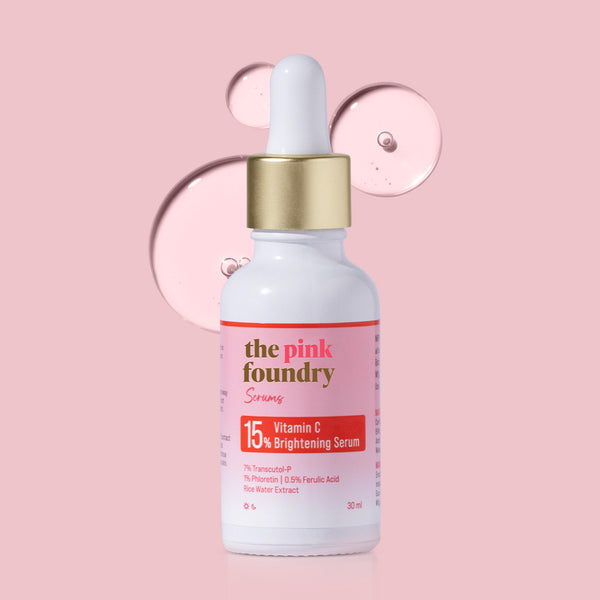
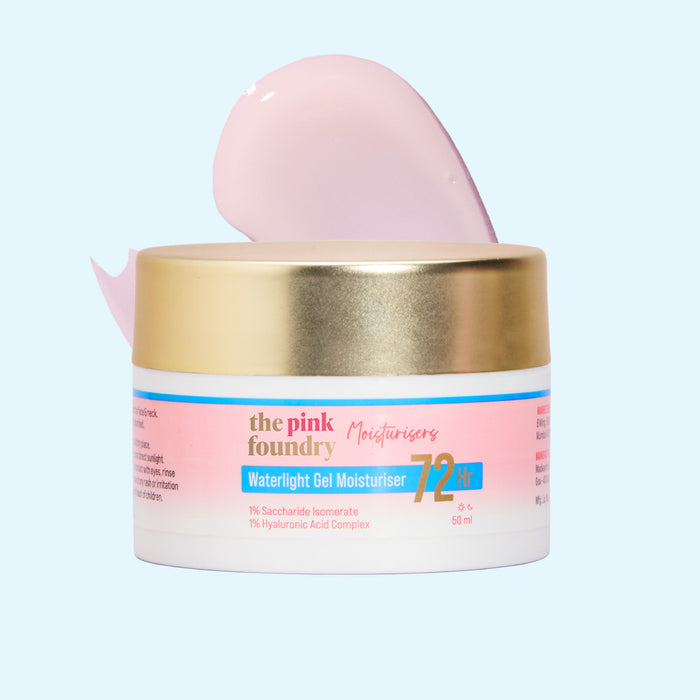
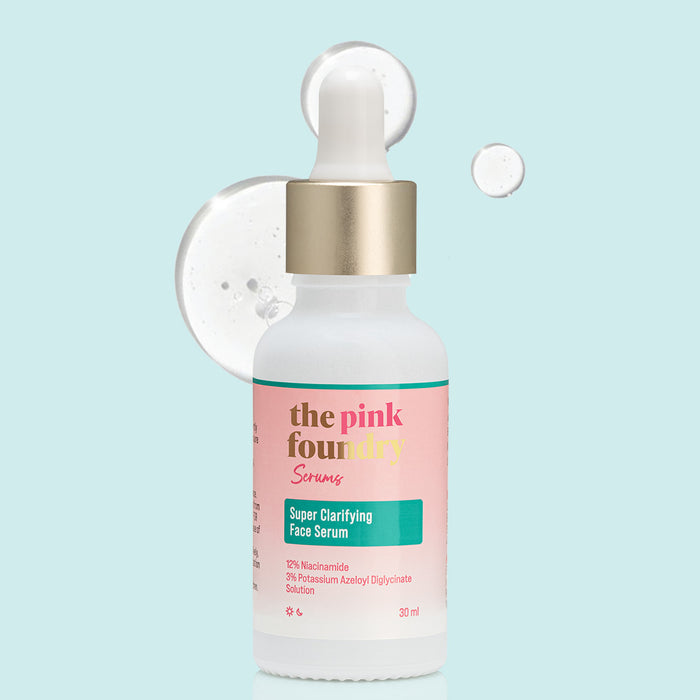



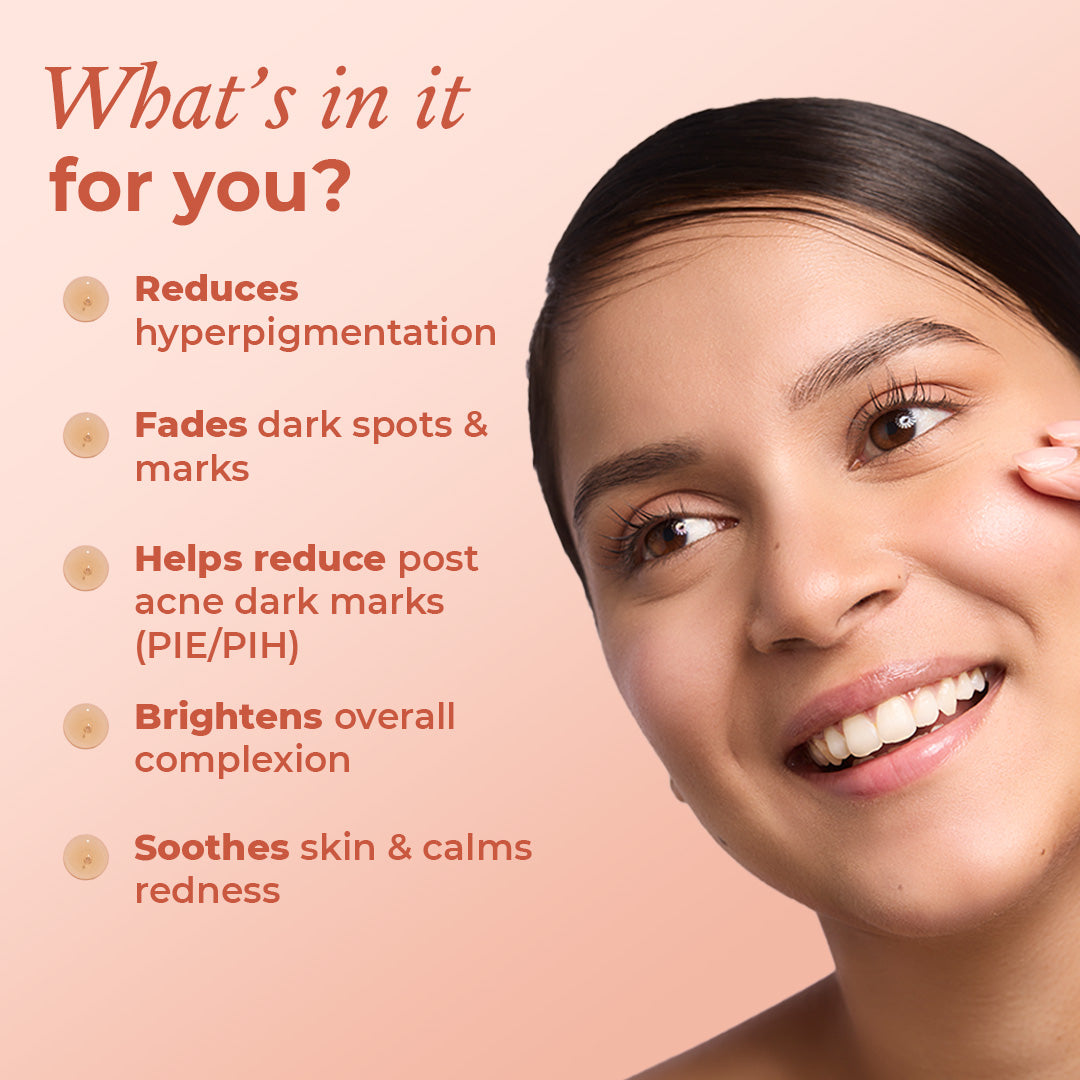

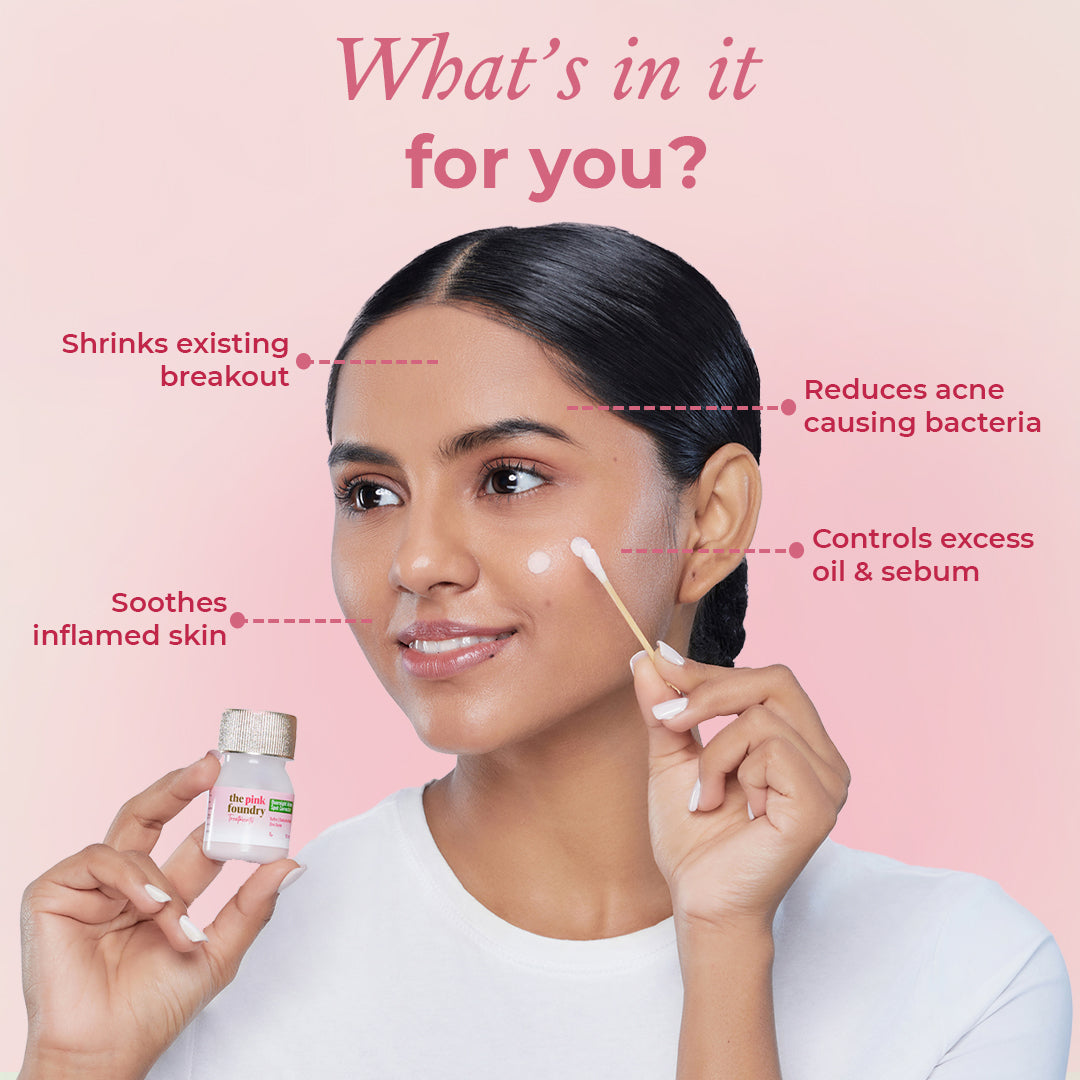
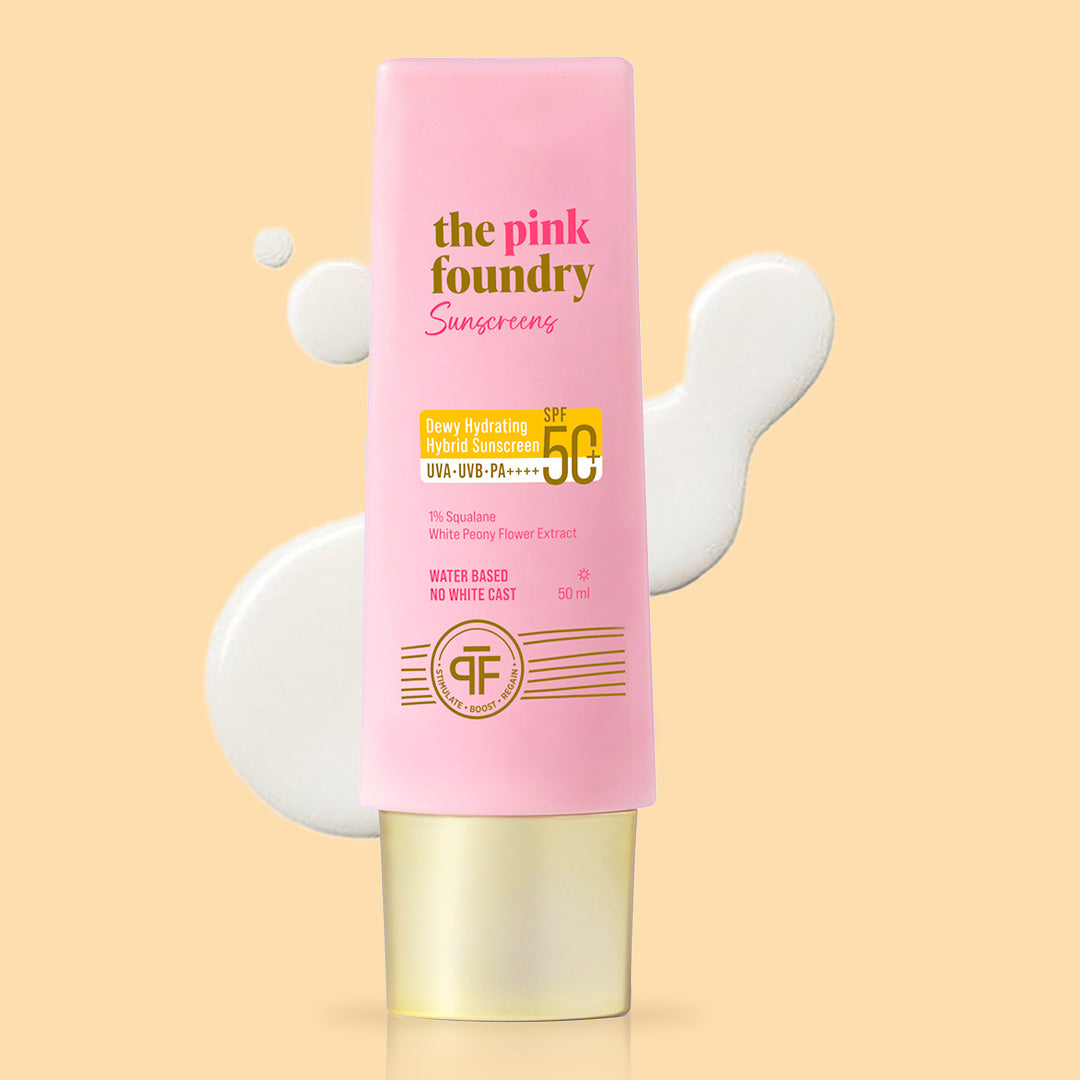
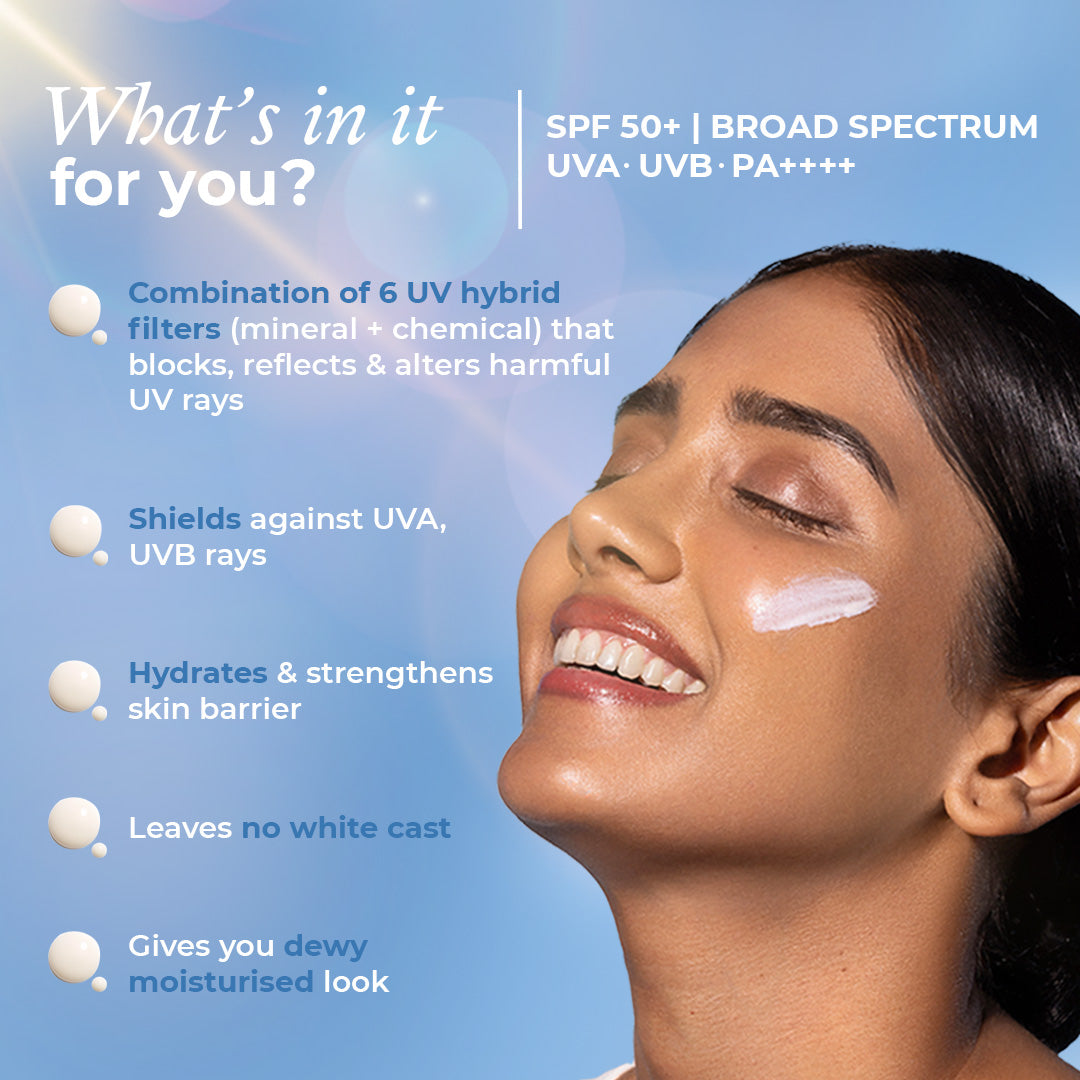
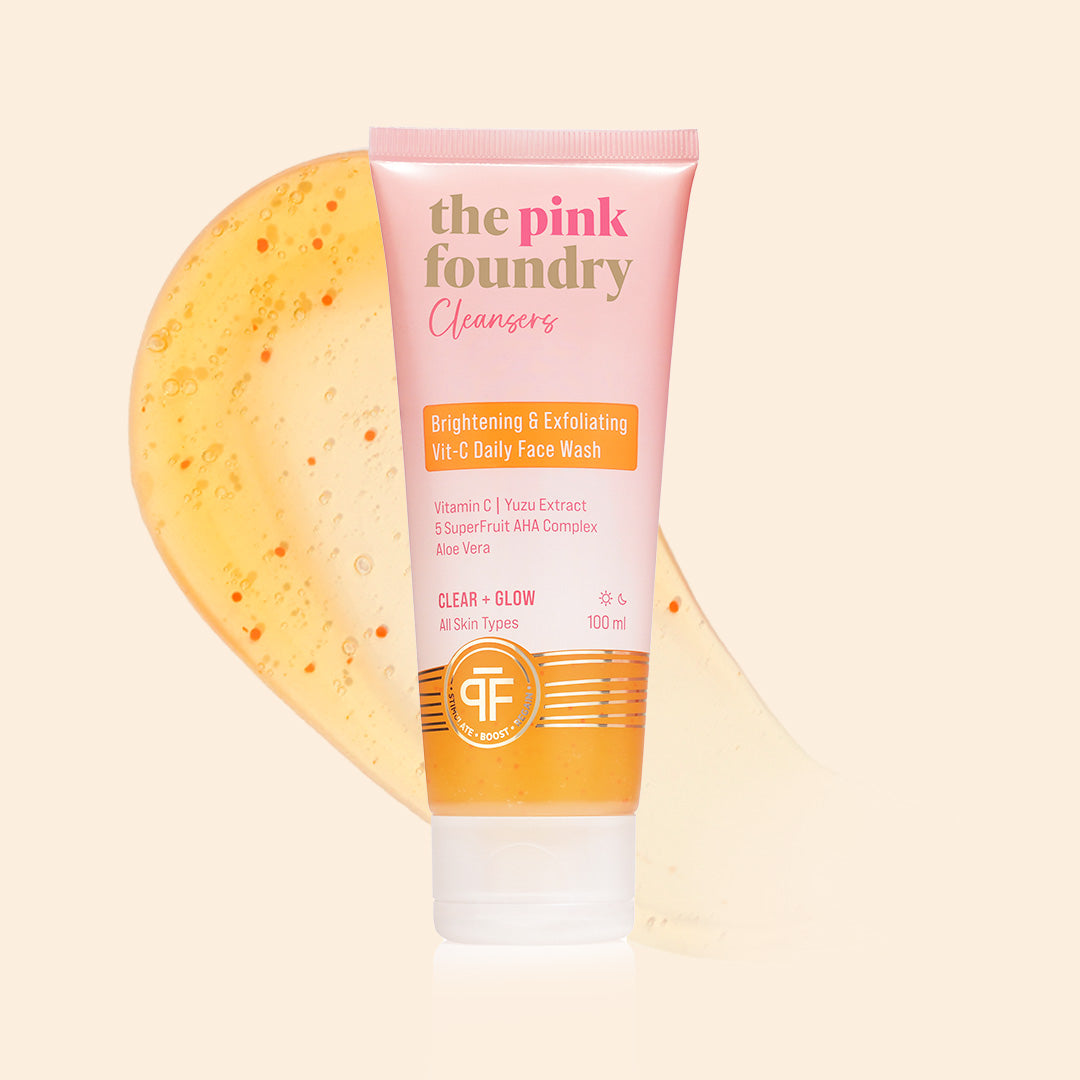
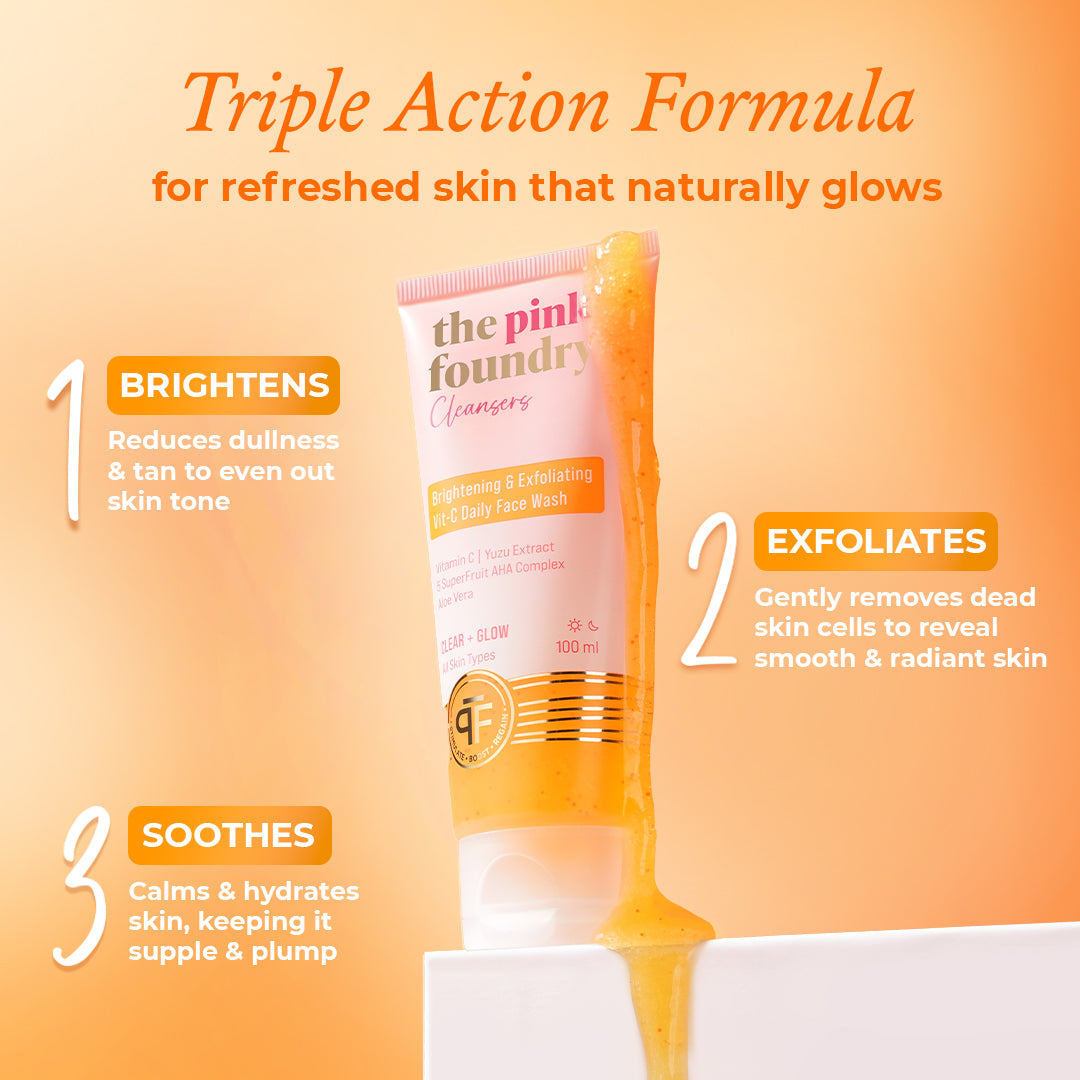
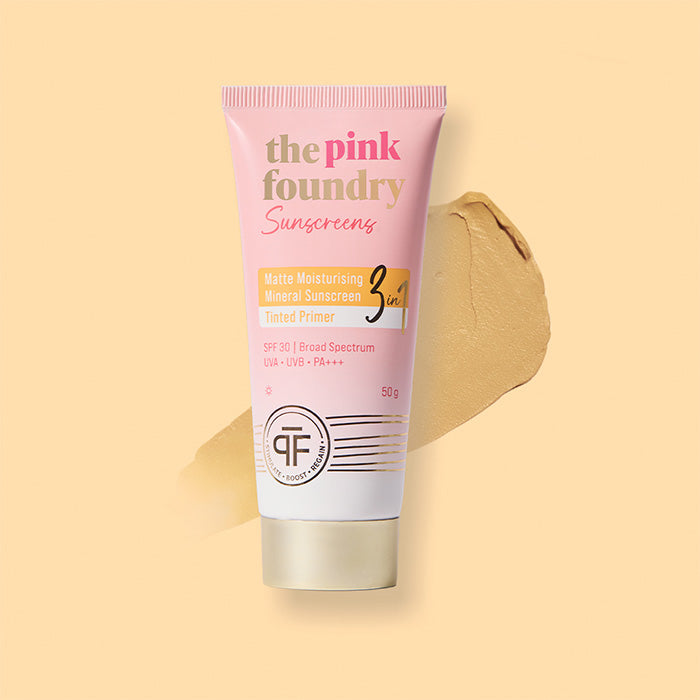
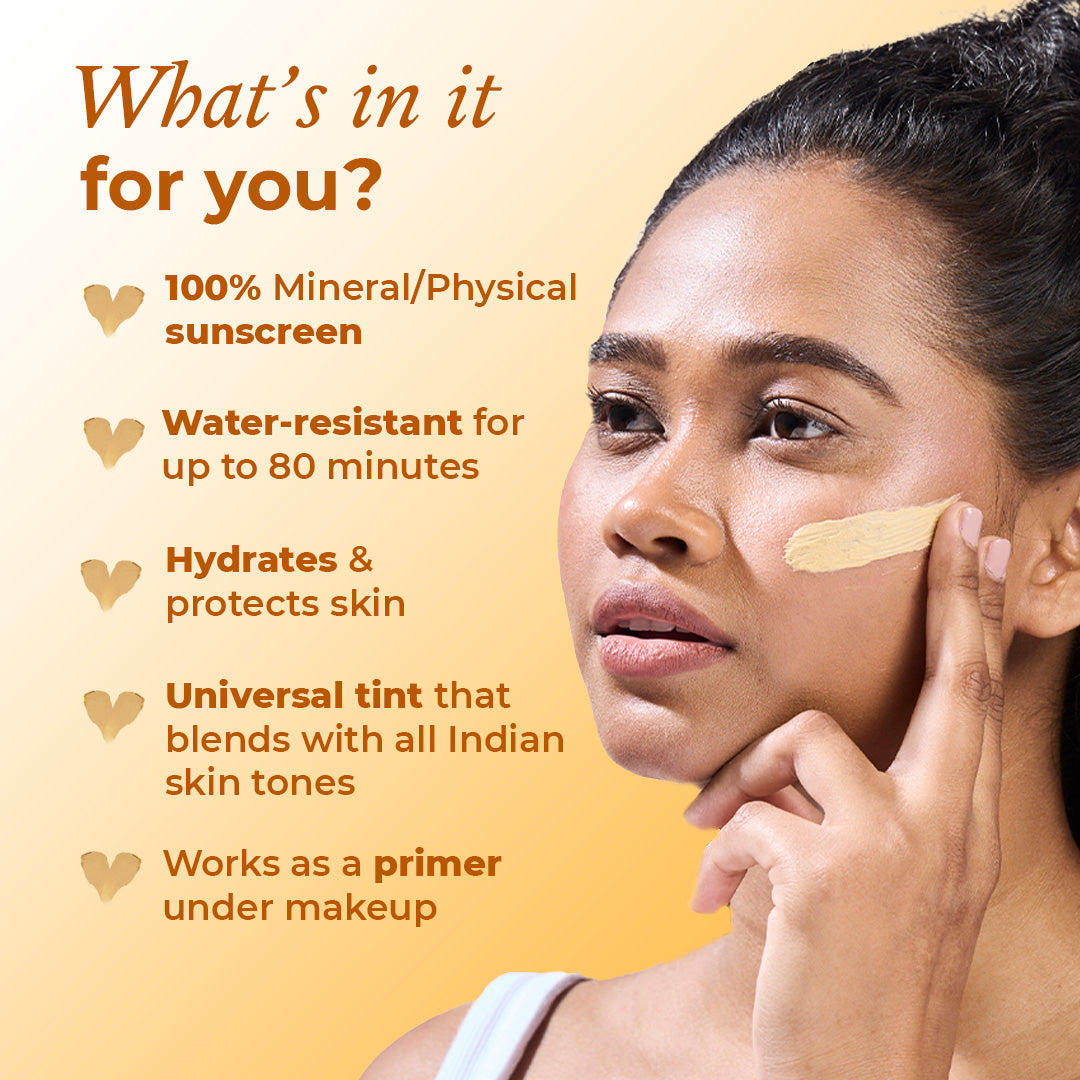
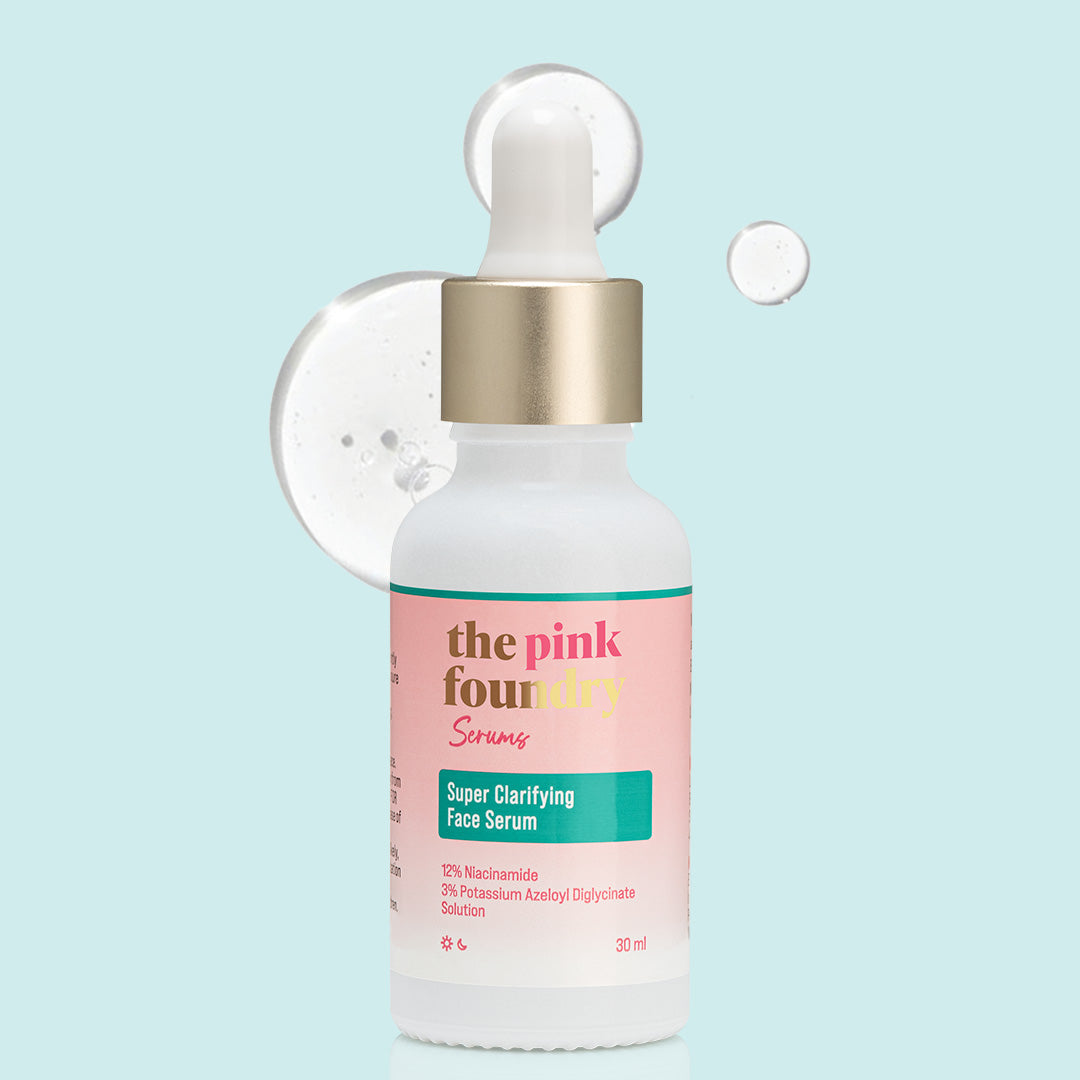
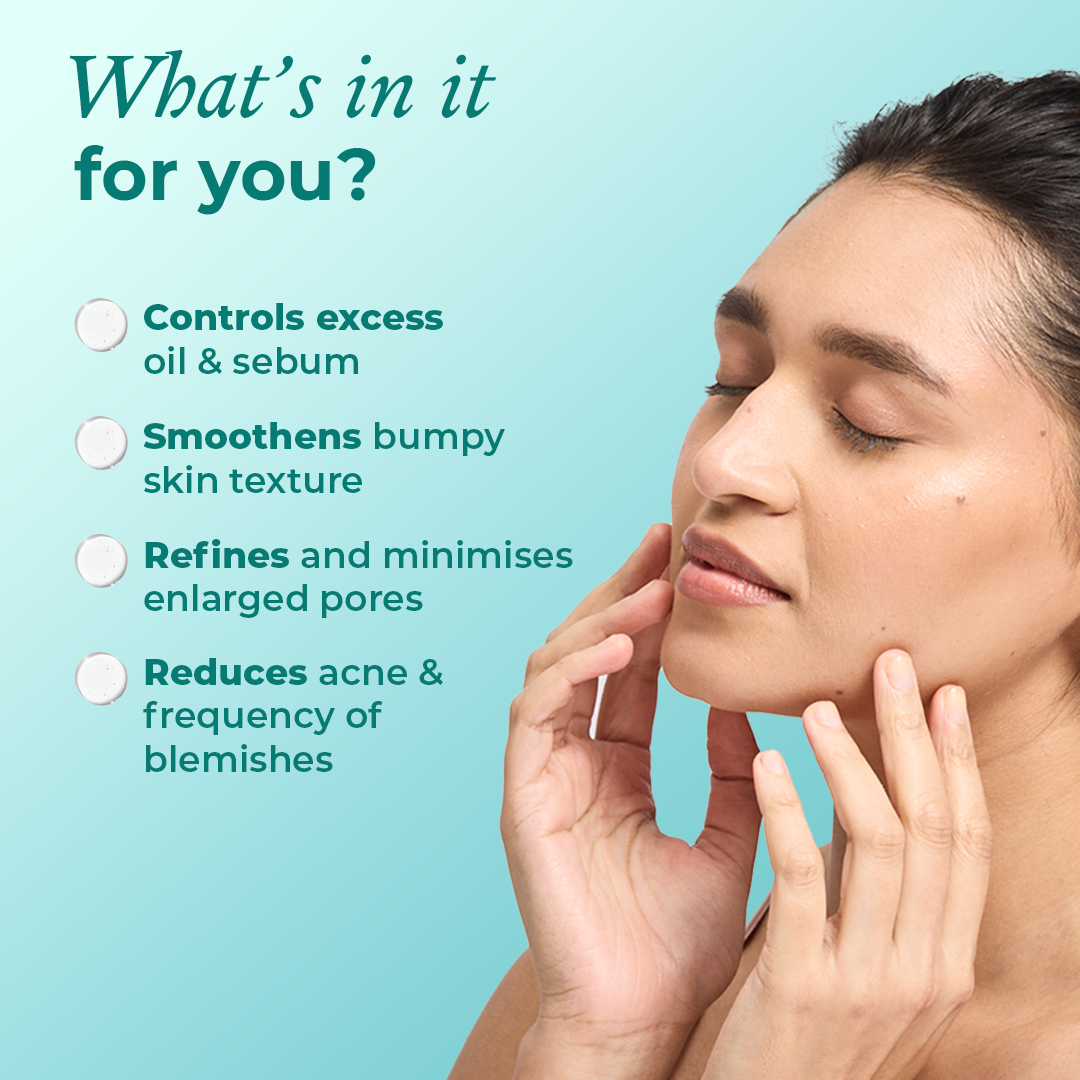

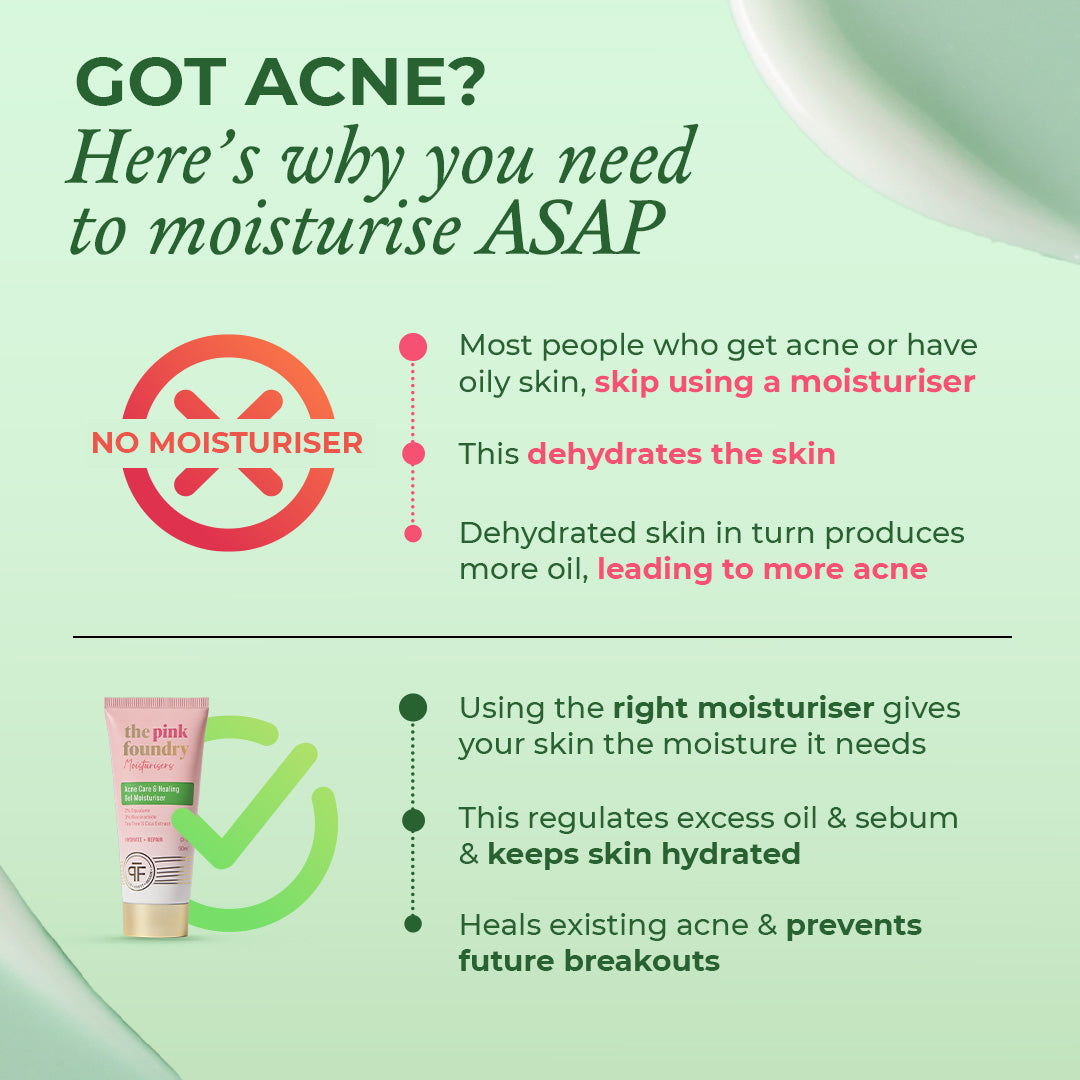
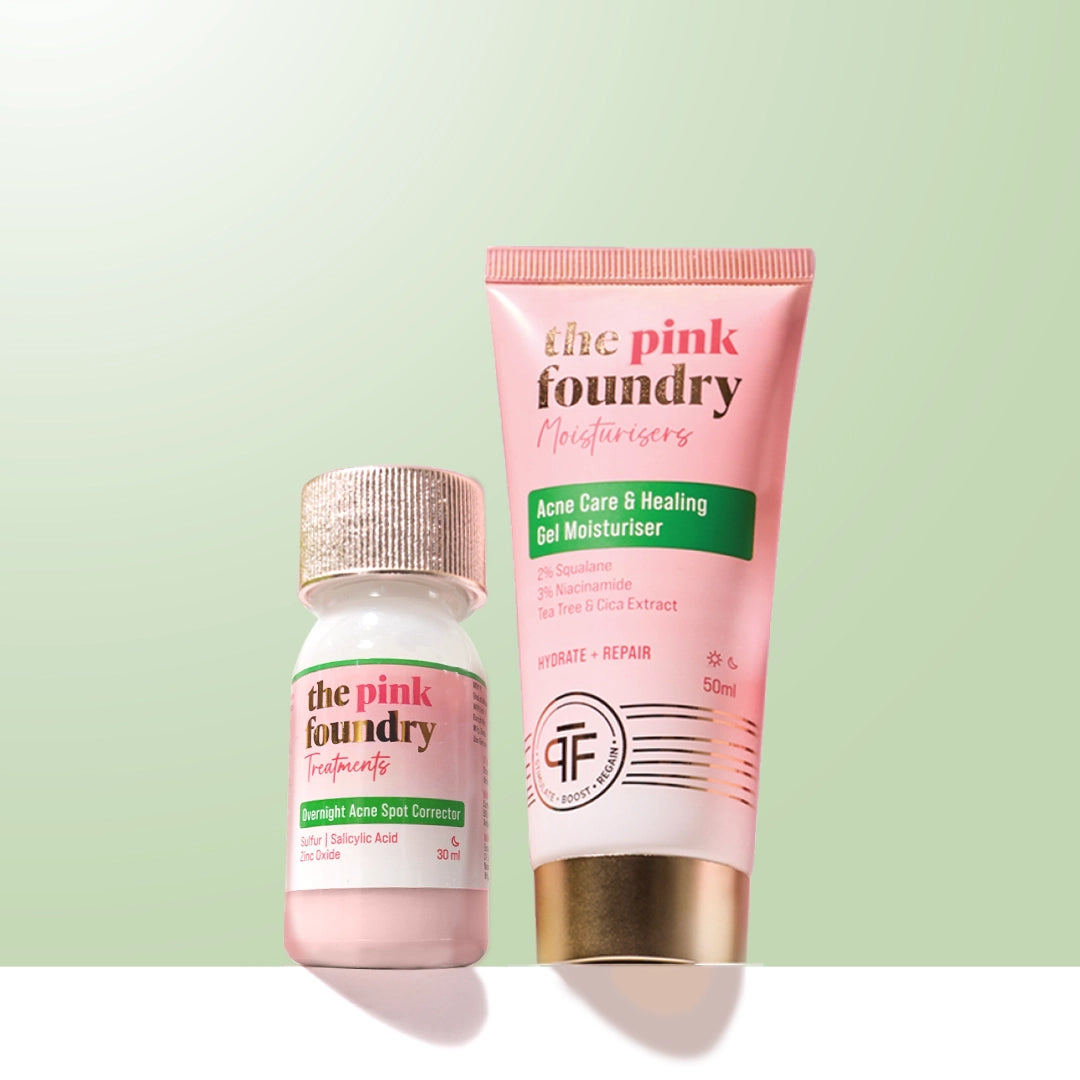
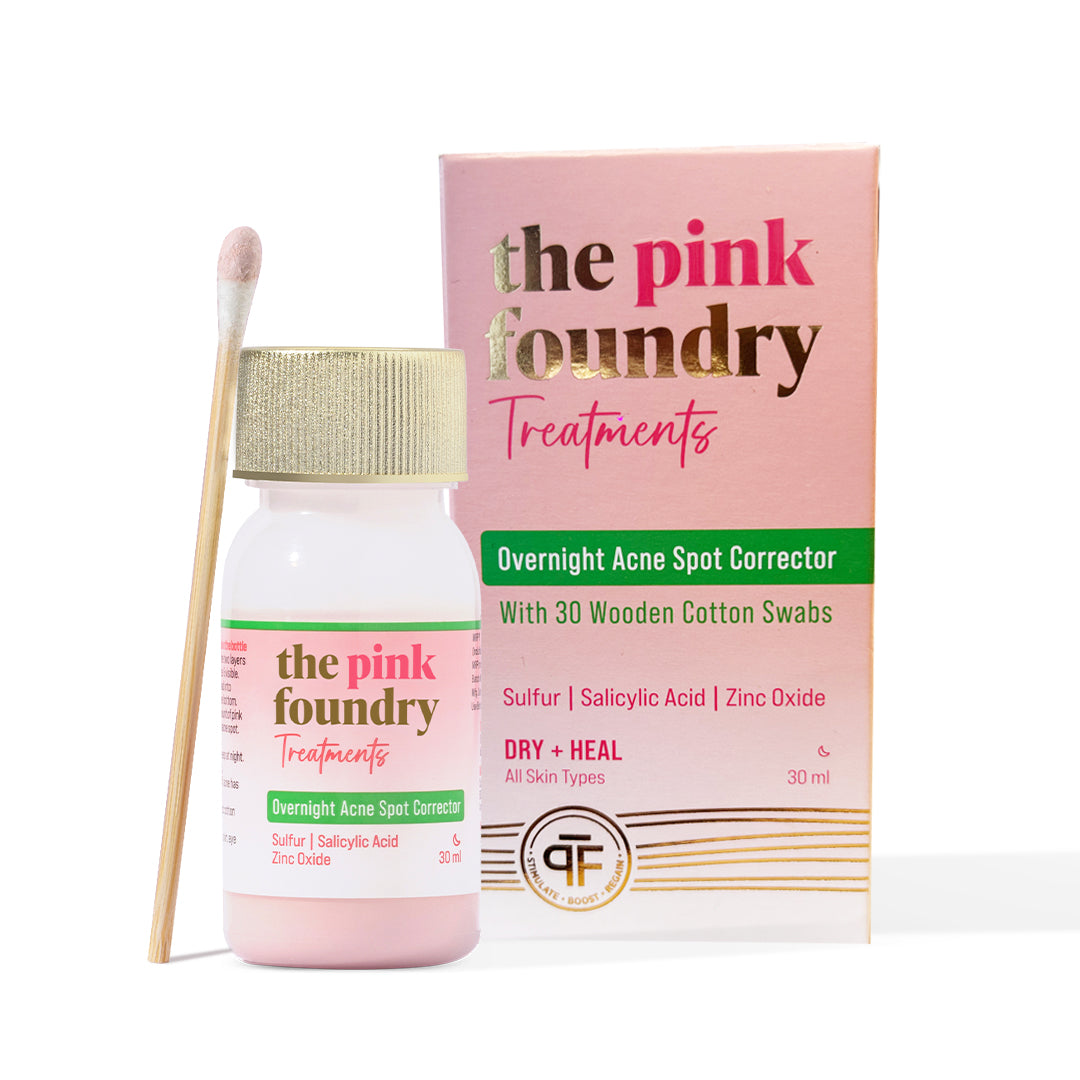
Leave a comment
This site is protected by hCaptcha and the hCaptcha Privacy Policy and Terms of Service apply.